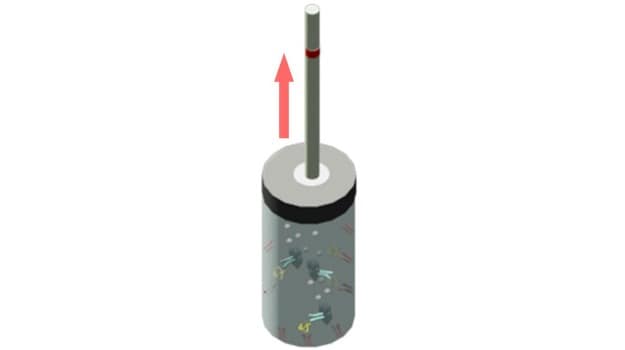Here's to some good news. South Korean researchers have developed a simple thermometer-like device to diagnose heart attacks that could make detecting whether one has had a heart attack or not a lot easier and cheaper.Sangmin Jeon from Pohang University of Science and Technology and colleagues said that one way to tell whether someone has had a heart attack involves measuring the level of a protein called troponin in the person's blood. Troponin's concentration rises when blood is cut off from the heart, and the muscle is damaged.Today, detecting troponin requires bulky, expensive instruments and is often not practical for point-of-care use or in low-income areas. Yet three-quarters of the deaths related to cardiovascular disease occur in low-and middle-income countries. Early diagnosis could help curb these numbers, the researchers said.
Inspired by the simplicity of alcohol and mercury thermometers, the researchers created a similarly straightforward way to detect troponin. It involves a few easy steps, a glass vial, specialized nanoparticles, a drop of ink and a skinny tube. When human serum with troponin — even at a minute concentration — is mixed with the nanoparticles and put in the vial, the ink climbs up a protruding tube and can be read with the naked eye, just like a thermometer.Photo Credit: American Chemical Society
With inputs from IANS and ACS journal Analytical Chemistry
Inspired by the simplicity of alcohol and mercury thermometers, the researchers created a similarly straightforward way to detect troponin. It involves a few easy steps, a glass vial, specialized nanoparticles, a drop of ink and a skinny tube. When human serum with troponin — even at a minute concentration — is mixed with the nanoparticles and put in the vial, the ink climbs up a protruding tube and can be read with the naked eye, just like a thermometer.Photo Credit: American Chemical Society
With inputs from IANS and ACS journal Analytical Chemistry
Advertisement
For the latest food news, health tips and recipes, like us on Facebook or follow us on Twitter and YouTube.
Tags:
